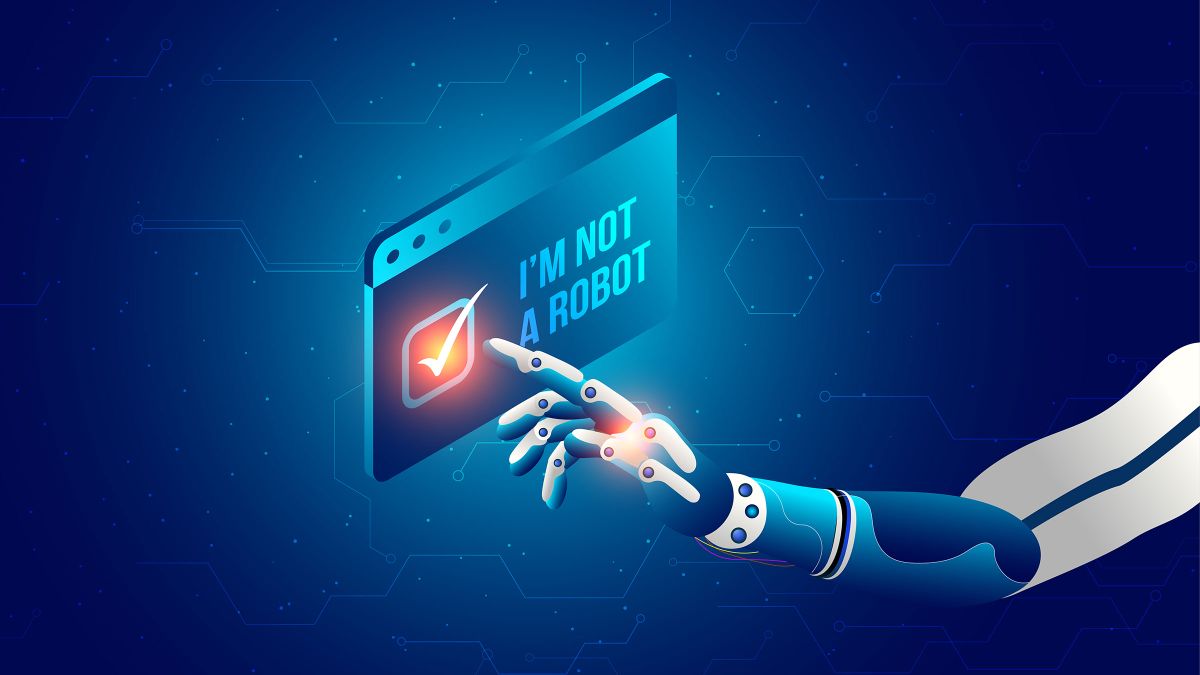CAPTCHA, the reverse Turing test that could disappear due to Artificial Intelligence

We’ve all been there, choosing pictures of traffic lights, ordering numbers, or simply checking a box that says: “I am not a robot“. These processes, often seen as minor annoyances, are part of an ingenious system known as CAPTCHA. But how does it work?
Despite their frequent appearance in our digital lives, many of us don’t really know how these tests distinguish between a human and a bot.
The CAPTCHA system began as the brainchild of experts at Carnegie Mellon University and IBM in 2000 and has evolved greatly to protect us on the web.
Means “Completely Automated Public Turing test to tell Computers and Humans Apart“. It works like a reverse Turing test. Instead of a human determining whether they are interacting with a machine or another human, in The CAPTCHA is the machine that decides if the user is human.
Our imperfection reveals us in the CAPTCHA as humans and not robots
Tasks vary from writing distorted text to selecting specific images, challenging our unique human abilities. That is to say, our imperfection gives us away.
How these tests work is both intriguing and complex. For example, when you click a button that states: “I am not a robot“, it’s not just the click that counts. The machine evaluates the behavior before the click.
The trajectory and movement of the cursor toward the button can reveal distinctive human patterns that are difficult for a bot to imitate. This subtle unpredictability in movement can be a clear indication of humanity.
Modern CAPTCHAs have expanded their reach beyond cursor movements. Now, they also consider browser cookies and device history. You have a lot of data at your disposal.
This data provides additional clues as to whether the user is a machine or a human. For example, everyday activities such as watching cat videos or checking email contribute to profiling a human user. Everything can change with artificial intelligence.
On touch devices, the CAPTCHA adjusts its focus. Here, not only the movement pattern is analyzed, but also how we interact with the screen. Factors such as the number of fingers used or the pressure applied when touching the screen become keys to discerning whether the person checking the checkbox is human.
So, CAPTCHA, for the moment, is a clever and constantly evolving security tool, essential to stay ahead of bots. By observing movement patterns, analyzing cookies and browsing history, this technology remains essential for Internet security.



